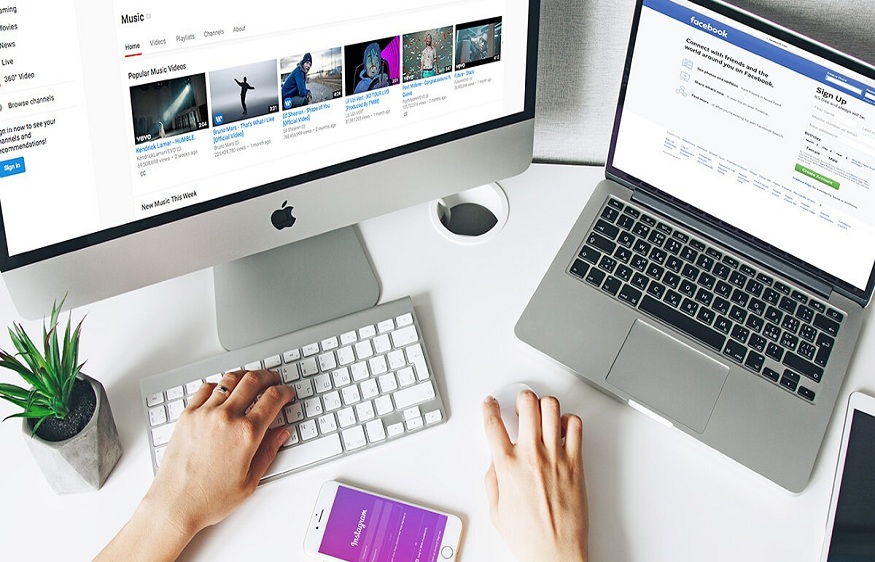Mastering Twitter Metrics: Understanding Impressions And Automating Your Posts For A Stronger Social Media Presence

Twitter is a powerful platform for building brand awareness, driving traffic to your website, and engaging with your audience. However, in order to succeed on Twitter, it’s essential to understand and track your Twitter metrics. Two of the most important metrics to monitor are impressions and engagement.
Impressions refer to the number of times your tweet has viewed, while engagement refers to the number of times your tweet has been interacted with, such as through likes, retweets, or replies. By monitoring these metrics, you can gain insights into the performance of your Twitter strategy and make data-driven decisions to optimize your approach.
Automating your Twitter posts can aid in sustaining a regular posting schedule, as well as ensuring that your tweets are viewed by your audience at the most optimal times. In this article, we’ll explore how to master Twitter metrics and automate your Twitter posts for a stronger social media presence.
Twitter Metrics
Here are some key points to consider when tracking Twitter metrics:
Impressions:-
Impressions refer to the number of times your tweet has seen. This metric can help you to understand the reach of your tweets and determine which types of content are most engaging for your audience.
Engagement: –
Engagement refers to the number of times your tweet has been interacted with, such as through likes, retweets, and replies. This metric can help you to measure the impact of your tweets and determine which types of content are resonating with your audience.
Follower Growth:-
Follower growth refers to the number of new followers you gain over a specific period of time. Tracking follower growth can help you to understand the effectiveness of your Twitter strategy and identify opportunities to increase your audience.
Click-Through Rate:-
Click-through rate (CTR) refers to the number of clicks your links receive compared to the number of impressions. This metric can help you to understand how effective your tweets are at driving traffic to your website or other online content.
Hashtag Performance:-
Hashtag performance refers to the number of times your branded or industry-specific hashtags are used and engaged with on Twitter. Tracking hashtag performance can help you to understand how your brand is being talked about on the platform and identify opportunities for engagement with your audience.
By tracking these Twitter metrics, you can gain valuable insights into the performance of your Twitter strategy and make data-driven decisions to optimize your approach. You can use automation to manage your Twitter posts and keep a steady posting schedule, while also ensuring that your tweets are viewed by your target audience at the most opportune moments. So the question is What Is Impression In Twitter?
What Is Impression In Twitter?
On Twitter, an impression is the number of times a tweet has been viewed on the platform. It includes both organic views and views from promoted tweets that appear in users’ timelines or search results. Impressions can help you to measure the reach of your tweets and understand how many people are potentially seeing your content on Twitter.
However, it’s important to note that impressions do not measure engagement or actions taken on your tweet, such as likes, retweets, or clicks. To get a more complete picture of the performance of your Twitter content, it’s important to track both impressions and engagement metrics. By monitoring these metrics, you can gain valuable insights into the effectiveness of your Twitter strategy and make data-driven decisions to optimize your approach.
Twitter Auto Post ideas
Share Blog Posts:-
Using a Twitter Auto Post to automatically share new blog posts or articles from your website on Twitter. Be sure to include a compelling headline and a link to the post.
Share Relevant Content:-
Use a content curation tool like Feedly or Pocket to automatically share relevant news or industry updates with your followers. Add your own commentary to provide additional context or insights.
Share User-Generated Content:-
Use a tool like Sprout Social to automatically share user-generated content such as photos or tweets that mention your brand. It can help to increase engagement and build a sense of community around your brand.
Promote Events:-
Use a scheduling tool to automatically promote upcoming events, webinars, or product launches on Twitter. Be sure to include event details and registration links.
Share Quotes:-
Use a scheduling tool to automatically share inspiring or thought-provoking quotes related to your industry or niche. It can help to establish your brand as a thought leader in your space.
Ask Questions:-
Use a scheduling tool to ask questions and spark conversations with your followers. It can help to increase engagement and build relationships with your audience.
Share Statistics:-
Use a scheduling tool to automatically share interesting statistics or data related to your industry or niche. Be sure to include the source of the data and any relevant context.
Share Tips:-
Share helpful tips or insights related to your business or industry on a regular basis. Use a scheduling tool to ensure that your tips are shared at the best times for your audience.
By using a mix of these types of content and automating your Twitter posts, you can ensure that your tweets are seen by your audience at the best times and maintain a consistent presence on the platform. Remember to track your Twitter metrics to understand the effectiveness of your strategy and make data-driven decisions to optimize your approach.





